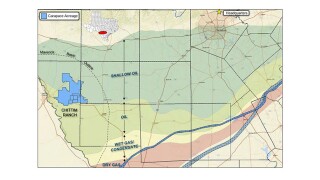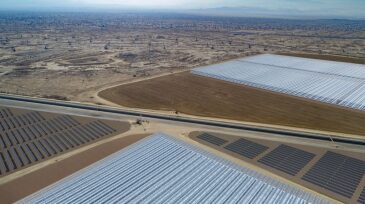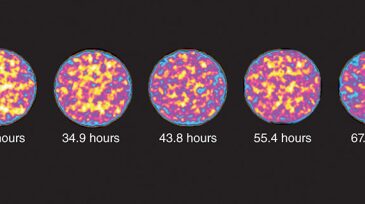Enhanced recovery
The objective of this microfluidic investigation is to identify and test two novel applications for magnetic fluids in porous media for subsurface oilfield applications.
This paper describes a study to design and implement an enhanced oil recovery project via a huff ’n’ puff using Y-grade injectant.
This study compares water-based chemicals that can be used for enhancing the oil recovery of shale-oil reservoirs, including surfactants, nanoparticles, and ketones.
-
Production from an offshore Angola field has been decreasing because of subsea pressure declines amid water-cut increases and limited gas compressor capacity. The development process leading to the selection of high-boosting multiphase pumps is described.
-
Experimentation reveals that swellable nanogels increase their size faster than expected or produce aggregation leading to serious blocking problems at the sandface. This paper studies if the addition of a surfactant can help improve injectivity.
-
Scientists at Locus Bio-Energy Solutions have created a series of nontoxic microbial-based products that substantially increase oil production.
-
Progress in chemical EOR, from polymer to alkaline/surfactant/polymer, has been significant. Not only are there new chemicals with improved recovery capabilities, but also the cost of the chemicals is being reduced continuously. All those factors led to more operators using chemical EOR.
-
In the complete paper, three stages of review have been combined to find out the applicability of the most-feasible improved-oil-recovery (IOR) methods in North American unconventional reservoirs.
-
If proven economic, solar EOR technology could represent an environmentally and energy friendly solution for California’s heavy oil producers.
-
Early field tests suggest chemical treatments may be able to significantly increase production from unconventional formations.
-
The promise of getting 30% more oil production from shale wells has set off a race by companies trying to see if they can replicate what EOG has done. But the big question is: Can it add enough oil to increase the industry’s low average recovery rate?
-
Currently, there are few studies on smart waterflooding in tight and very tight oil reservoirs. This work examines smart-waterflood opportunities in such reservoirs.
-
Previous studies demonstrate that Montney rock samples present a dual-wettability pore network. Recovery of the oil retained in the small hydrophobic pores is uniquely challenging.













